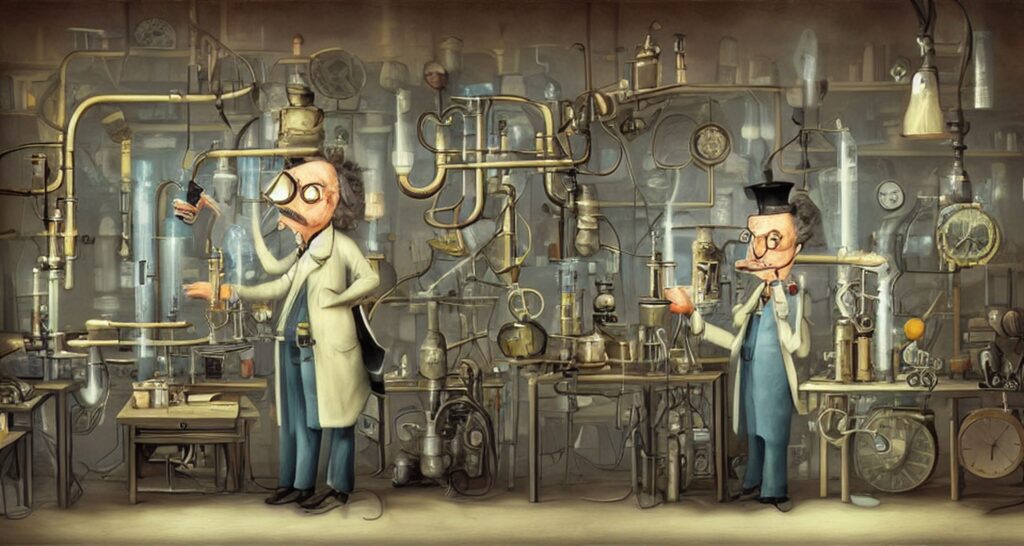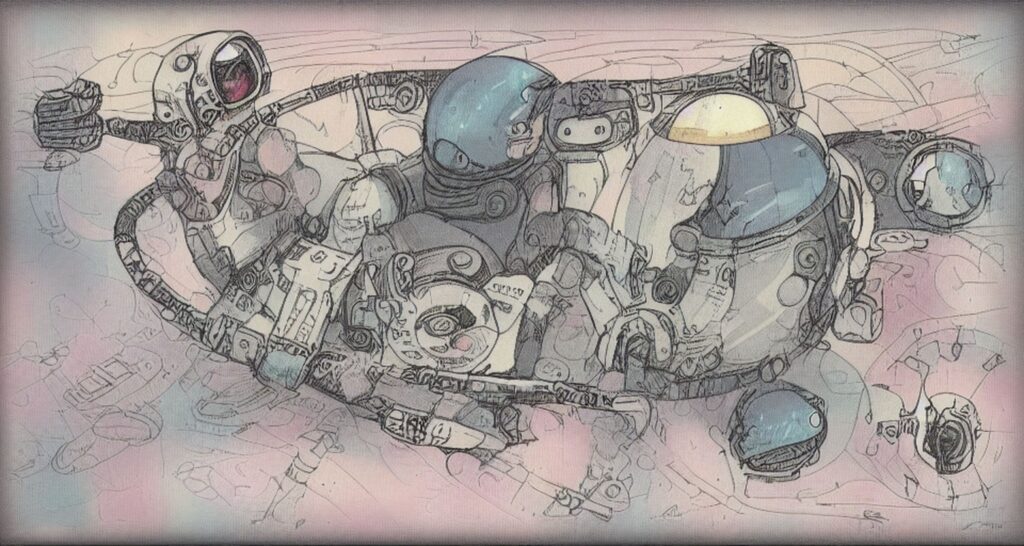
It is often said that the hardest part of writing is coming up with ideas. Once you have an idea, the rest is (relatively) easy. But where do the ideas come from? How can we ensure that we come up with ideas when we need them?
In this article, we will discuss some effective ways to get ideas for writing. Whether you’re stuck on a particular project or looking for new inspiration, these strategies will help you jumpstart your creativity and get the wheels turning. Let’s get started!
1. Brainstorming
Brainstorming is an invaluable tool for solving different types of problems, from business growth to personal growth. The purpose of brainstorming is to generate new ideas and increase creativity without judgment or criticism. First, it is important to develop a list of questions or topics related to the problem at hand. Then, a list of potential solutions or ideas is compiled. Brainstorming should be done collaboratively whenever possible. To maximize creativity and productivity, all opinions should be respected and appreciated. When brainstorming alone, step back and look at the problem from all angles. Creativity is often unleashed under pressure, but if you put too much pressure on yourself, you will get stuck. Once you have a list of all the possibilities, evaluate them against each other to help determine which solution has the most merit. With a little practice, brainstorming skills can be an asset for anyone’s success, both personal and professional.
2. If you are stuck for ideas, take a walk.
Research has shown that walking is an effective way to unblock creativity and spark ideas. When you are in a rut, or frustrated with not coming up with the right ideas, taking a walk can be very helpful. For one thing, being in nature helps us feel connected to the big picture and see problems from a broader perspective. In addition, a change of scenery can bring forth new ideas and stimulate creativity. Research also shows that walking releases dopamine, which can help you feel refreshed and ready to work. A short walk outdoors may be the perfect way to get your creative juices flowing again.
3. Different perspectives
Good ideas require input from multiple perspectives. However, brainstorming often considers only a single perspective, resulting in solutions that lack depth and insight and are only marginally effective. Different perspectives can help you understand nuances you may have previously missed and dig deeper into the problem. By leveraging feedback from customers, employees, and other stakeholders, we can achieve better results than we could by a single effort. This is true in any field. When people with diverse backgrounds and experiences come together and incorporate their unique perspectives, they can create something powerful. Different perspectives can lead to good ideas in terms of anticipating problems and creating creative solutions that involve all parties involved. From academic research to political decision-making, interdisciplinary collaboration is essential to achieving optimal results. Respectful dialogue is the foundation for deeper understanding and stronger collaboration and is an essential element for the success of any endeavor. In conclusion, different perspectives bring new possibilities for ideas and problem solving. While internal information alone is not sufficient to produce satisfactory results, external input allows for the creation of innovative solutions based on different experiences. By embracing diversity and being open to different opinions and ideas, better results can be achieved.

4. seek inspiration from other sources.
The creative process can often be aided by turning to other sources of inspiration. If a writer is looking for ideas, he or she may find inspiration from his or her own personal experiences, stories heard in the news, or books read. Similarly, if an artist is stuck for ideas for a project, he or she may find creative inspiration in popular artwork of the same style or genre. Activities such as nature walks and museum visits are also great ways to uncover creative ideas and hone one’s craft. After all, the key to generating new ideas is to be willing to take cues from outside sources and incorporate them into your own work. By identifying what is inspiring in other works and applying it to their own work, artists of all kinds can add newness and freshness to their own work. Researching for inspiration sometimes takes time and effort, but it has the potential to be very successful while staying true to one’s artistic vision. This requires not only obtaining information from others, but also responding with your own components. In this way, you can be inspired not only by yourself, but also by what is around you to create a work of originality. With patience, however, professionals can develop their own talents and have access to powerful resources. Understanding how to effectively draw inspiration from outside sources can lead to countless creative ideas.
5. embrace the new.
In today’s ever-evolving business world, the only way to stay ahead of the competition is to embrace new ideas and new technologies. Embracing the unknown opens up innovative possibilities. New ideas bring fresh perspectives and unique solutions. By embracing these new concepts, you can make significant changes in your company’s operations and increase your competitiveness. Instead of relying on outdated processes and technologies, incorporating new ones can streamline workflow. However, incorporating the new should be carefully considered before making any major moves within the organization, as not all changes will bear fruit. However, with patience and wisdom, incorporating new things can be a great benefit to your organization’s growth.
Conclusion
Next time you feel like you can’t come up with new ideas, don’t be afraid to try these tactics. Brainstorming with a friend, taking a walk, or looking at things from a different perspective can jumpstart the creative process and get you going. Inspiration can come from anywhere, so keep an open mind and take chances. What other ways do you find helpful in generating new ideas?






